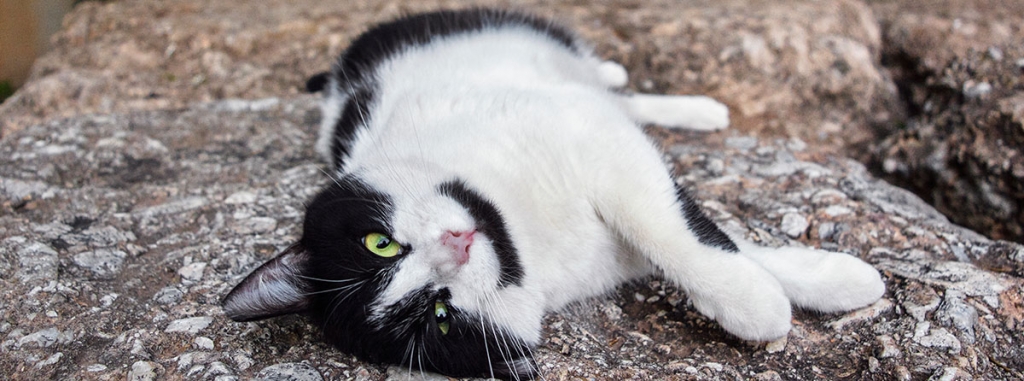Ask a Vet: Neutering FAQ's

These answers to some frequently asked questions about spaying/neutering cats are answered by Gillian M Simpson BVM&S MRCVS, General Editor BSAVA Manual of Small Animal Reproduction & Neonatology.
Female cats can be spayed from about 4 months of age. It is best to spay them as soon as they start coming into season to prevent unwanted pregnancy.
Male cats can be castrated (neutered) from 4 months of age. If you neuter your male cat before he is fully adult his urine will not smell strongly.
Male cats castrated early do occasionally develop urinary tract problems. But neutering is only ONE of several factors which together influence the possibility of a cat developing urinary tract problems. Most cats which develop such problems are not only neutered but are overweight, unfit & on dry diets.
Female cats come into season when they reach about 2-2.3kg body weight. This can be as early as 4 months or as late as 18 months of age. The start of puberty usually occurs when the day length is between 4 & 6 hours. Cycles occur every 2-3 weeks during spring, summer & autumn. The actual “season” itself will last 2-3 days depending on whether she is mated or not.
Female cats can be spayed when in season. In fact, because female cats have repeated cycles every 2-3 weeks from spring, summer and autumn, it is difficult to ensure a female cat is spayed when out of season.
Spaying cats in early pregnancy is acceptable and carries little increased risk. In late pregnancy the risk to the female increases significantly. However this risk remains small and must be balanced against the risk of bearing and rearing kittens in a street colony environment, and of increasing the local stray population with another litter.
No when a male cat is neutered he is castrated and is unable to breed.
Spraying in cats is a means of marking territory and may be related to the presence of other animals. Castration will usually reduce spraying and strong smelling urine but may not abolish it completely.
When a female cat is neutered both her ovaries and her uterus are totally removed. She is then unable to come into season, to mate or become pregnant. The operation involves opening into the abdomen and the wound is closed in two or three layers with stitches. She will recover completely from both the anaesthetic and the surgery in two to three days but will be well enough to go out from 24 hours after the operation.
Castration involves the removal of both testicles and the tubes which connect them to the body. The operation is carried out through incisions [cuts] in the scrotum [sac] which are not stitched. Male cats recover from the operation very quickly; they should be kept in for 24hrs after the operation to ensure they have completely recovered from the anaesthetic.
Neutered male cats no longer pose a challenge to unneutered tomcats and as such are significantly less likely to be involved in fights.
I have NO idea, there is no good medical reason to allow a female cat to have a litter before being spayed.

